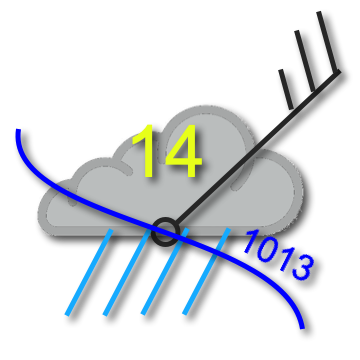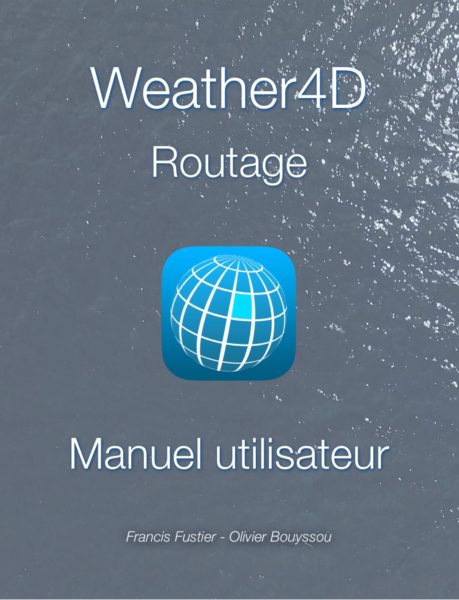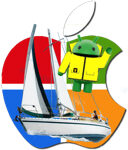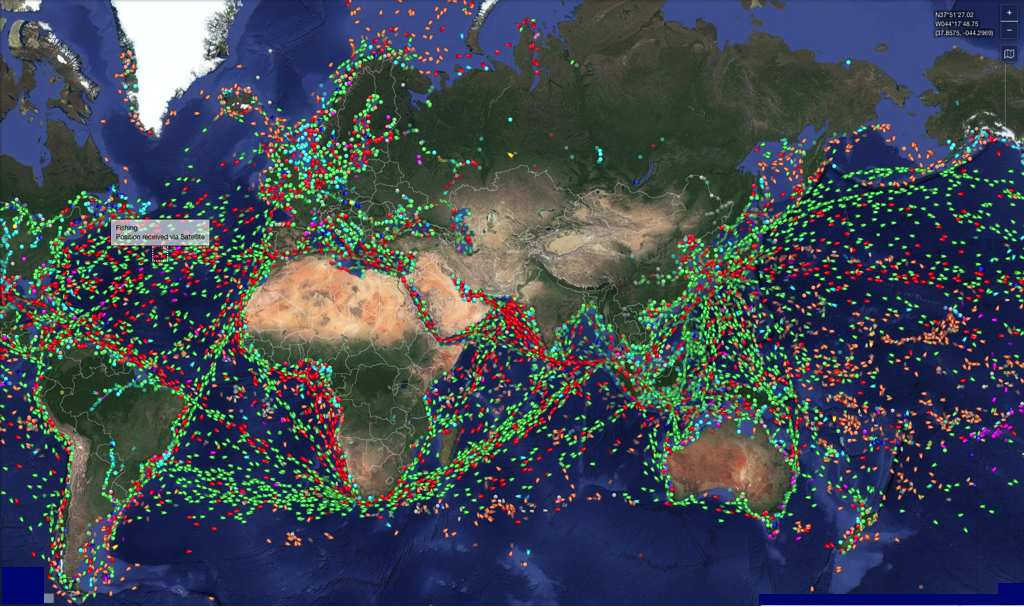 The MiniPlex-3 multiplexer has been experiencing since November 2021 numerous software improvements and changes with the Firmwares (Firmware) Versions 3.x.x. The latest version 3.4.0 Date of 13 January 2022. These firmwares are closely associated with the MPXConfig3 utility, the latest version of which 3.5.0 is required to perform the latest device update. To date, this utility can only be used with PC/Windows, the macOS version probably not being available until late February. Read more …
The MiniPlex-3 multiplexer has been experiencing since November 2021 numerous software improvements and changes with the Firmwares (Firmware) Versions 3.x.x. The latest version 3.4.0 Date of 13 January 2022. These firmwares are closely associated with the MPXConfig3 utility, the latest version of which 3.5.0 is required to perform the latest device update. To date, this utility can only be used with PC/Windows, the macOS version probably not being available until late February. Read more …
Garmin offers Vesper Marine
Posted onOne comment
![]()
![]() Obviously Garmin® has long teeth ! After Active Captain and Navionics charts, Garmin® has just announced the purchase of Vesper Marine, specialized in high-end AIS transponders (¹). Read more …
Obviously Garmin® has long teeth ! After Active Captain and Navionics charts, Garmin® has just announced the purchase of Vesper Marine, specialized in high-end AIS transponders (¹). Read more …
ECMWF weather data soon open to public [3rd part]
![]() Trafalgar Hit for the flagship of European meteorology, despite Brexit and contrary to what had been planned (¹), the European Center for Medium-Range Weather Forecast will stay in England ! Even better, a new headquarter for ECMWF to be fully funded by the UK government through the Department for Business, Energy and Industrial Strategy. Proof that the British have gone all out to keep this European scientific hotspot in Reading (²). Read more …
Trafalgar Hit for the flagship of European meteorology, despite Brexit and contrary to what had been planned (¹), the European Center for Medium-Range Weather Forecast will stay in England ! Even better, a new headquarter for ECMWF to be fully funded by the UK government through the Department for Business, Energy and Industrial Strategy. Proof that the British have gone all out to keep this European scientific hotspot in Reading (²). Read more …
Weather4D with Mac M1
Posted on7 comments
 We've been talking about it since 2020 in the Facebook group of Weather4D users, the messaging app Weather4D Routage & Navigation (¹) now works on Mac with ARM processors : Mac M1 and later, from the system macOS 11.x (“Big Sur” et seq.). Simply connect the Mac to a GPS receiver or NMEA gateway via Wi-Fi to receive the position and navigation data of the instruments. Read more …
We've been talking about it since 2020 in the Facebook group of Weather4D users, the messaging app Weather4D Routage & Navigation (¹) now works on Mac with ARM processors : Mac M1 and later, from the system macOS 11.x (“Big Sur” et seq.). Simply connect the Mac to a GPS receiver or NMEA gateway via Wi-Fi to receive the position and navigation data of the instruments. Read more …
C-Map plays the ping-pong ball of industrial groups
 An event that occurred last summer escaped the vigilance that I try to maintain on the nautical economy. Fortunately my friends from Geogarage have just filled this gap. In the field of private electronic cartography, The players are changing hands more and more often according to economic and financial negotiations. Read more …
An event that occurred last summer escaped the vigilance that I try to maintain on the nautical economy. Fortunately my friends from Geogarage have just filled this gap. In the field of private electronic cartography, The players are changing hands more and more often according to economic and financial negotiations. Read more …
COLREGS: Still Fit for Purpose ? [Update]
Posted on4 comments
We can only observe, for three decades, the phenomenal increase in global maritime commercial traffic, The recent proliferation of maritime drones, for scientific and miscellaneous research purposes, automated and remotely submarines civilian, Military, and even for traffickers usage, and soon the inevitable coming into service of fully unmanneded merchant ships. This evolution is directly linked to the multiplication of satellites communication and positioning means allowing remote control of mobiles at sea.
Urgent ! Iridium GO!® firmware update and app GO!®
Posted on4 comments
 A new version of the firmware 2.1.22 is now available for the’Iridium GO!®. This release includes an update to fix an incorrect time and date issue for the device Iridium GO!® and the application GO!®. This problem does not affect the functionality of the device/application. Appeals, the data, SMS, SOS and follow-up are still working normally. Only cases where a message (Quick GPS, tracking, SOS) contains a date/time, this one will be incorrect. The order of messages in the Iridium GO app!® may not be respected, as well as missed voice calls. Upgrading the device to the new firmware version 2.1.22 will fix this issue.
A new version of the firmware 2.1.22 is now available for the’Iridium GO!®. This release includes an update to fix an incorrect time and date issue for the device Iridium GO!® and the application GO!®. This problem does not affect the functionality of the device/application. Appeals, the data, SMS, SOS and follow-up are still working normally. Only cases where a message (Quick GPS, tracking, SOS) contains a date/time, this one will be incorrect. The order of messages in the Iridium GO app!® may not be respected, as well as missed voice calls. Upgrading the device to the new firmware version 2.1.22 will fix this issue.SHOM removes facsimiles from UK charts
Posted on2 comments
With the latest update of the SHOM the 16 th 2021, Geogarage announces the removal of 18 facsimile charts from British charts covering, mostly, the south coast of England and Gibraltar. These areas are now only covered by the British Admiralty portfolio (UKHO).
Indeed, SHOM recently announced (¹) the rationalization of its catalog of nautical charts, onwards September 2021, by the deletion of many foreign charts reproduced under historical reciprocity agreements with some foreign hydrographic services. Read more …
Are GRIB files systematically optimistic ?
Posted on2 comments
 I've been asked this question regularly, but until now I've never wanted to give my opinion on the subject publicly, so as not to offend anyone or create unnecessary controversy.. But after doing so many of my training courses, why not express it to me openly ?
I've been asked this question regularly, but until now I've never wanted to give my opinion on the subject publicly, so as not to offend anyone or create unnecessary controversy.. But after doing so many of my training courses, why not express it to me openly ?
My opinion, forged by observation and a long professional experience in pleasure boating (¹), is that this assertion of the systematic optimism of GRIB forecasts regarding wind strength, which unfortunately persists, no longer has any reason to exist, and has not been verified in practice for some time. Read more …
Weather4D Routing User Guide
Posted on7 comments
 New publication of Manuels to Weather4D Routage in French version. Warning, it is a new version to download which replaces the previous one (¹). The old guide should be removed from your library in the Apple Books app. Read more …
New publication of Manuels to Weather4D Routage in French version. Warning, it is a new version to download which replaces the previous one (¹). The old guide should be removed from your library in the Apple Books app. Read more …


